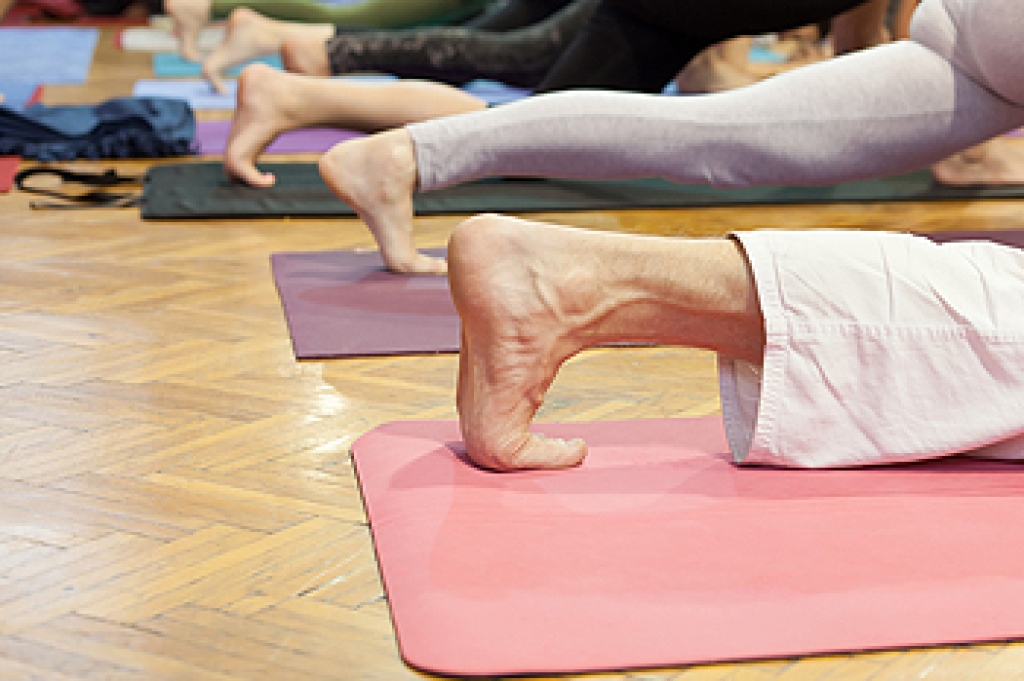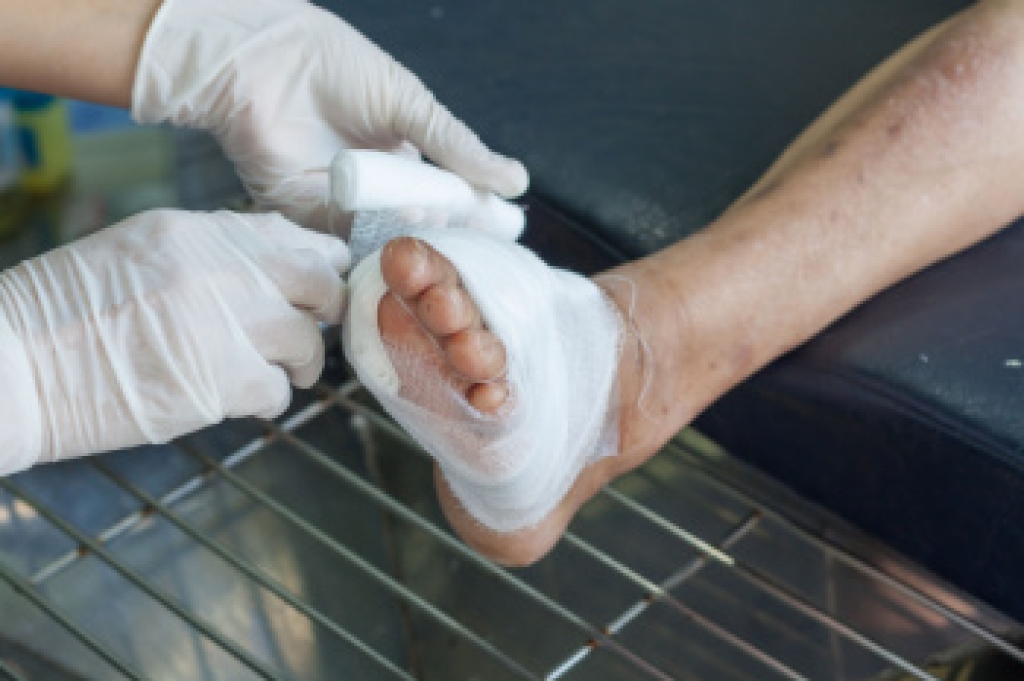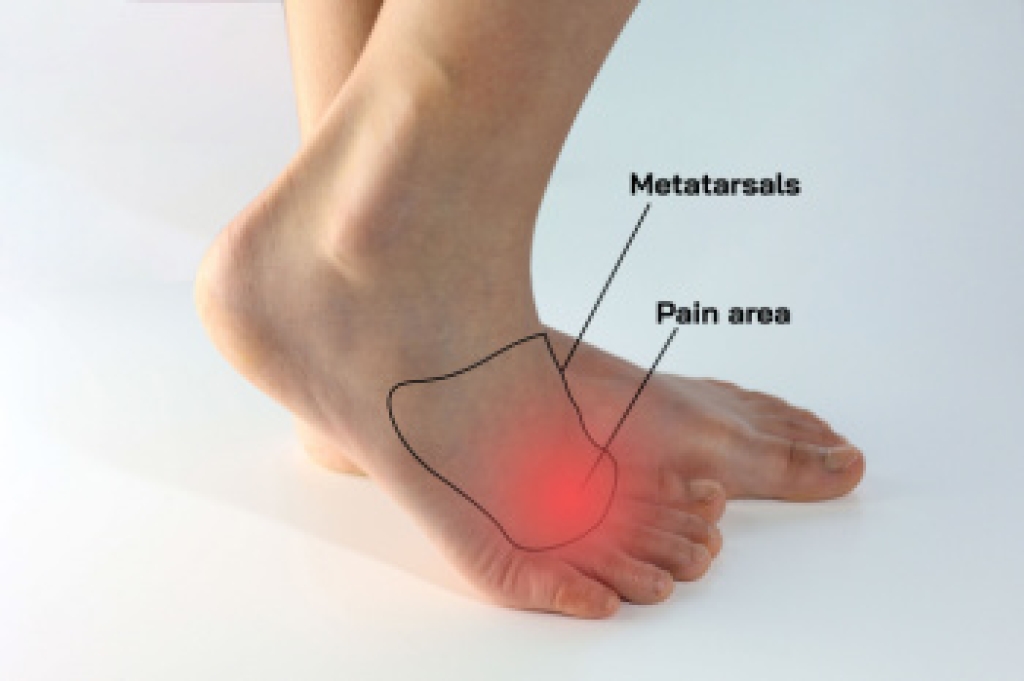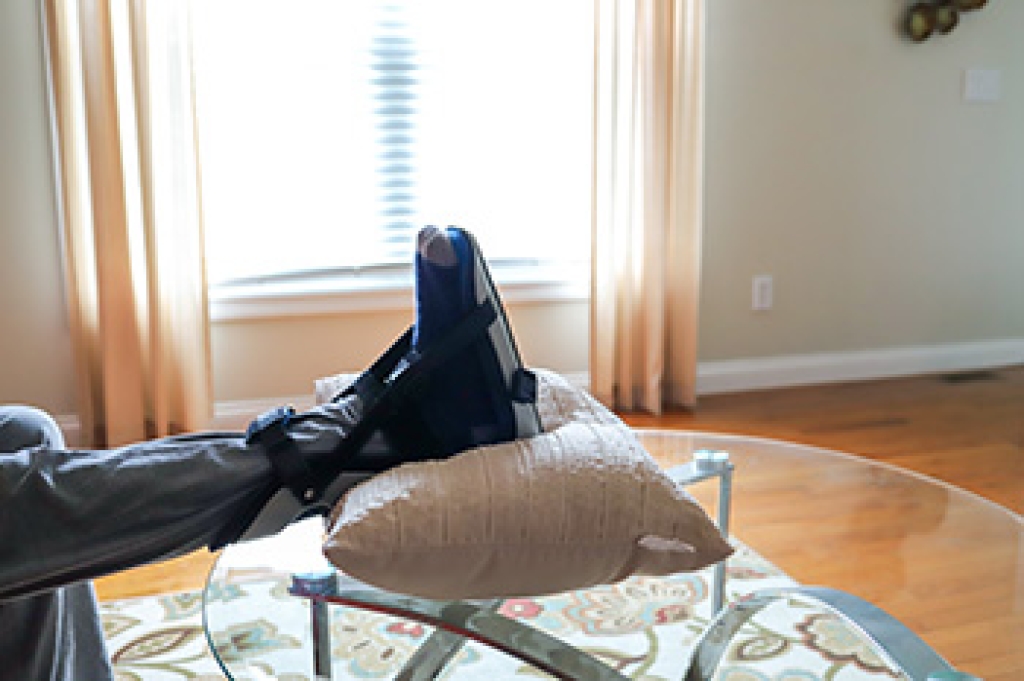The calf muscles are located at the back of each of your lower legs. They are connected to the heel bone by the Achilles tendon. Stretching and strengthening your calves may help prevent injuries to this area like muscle strains and Achilles tendonitis. One way that you can stretch your calves is by kneeling on a pad of cushion with one knee bent at a 90 degree angle, while your other leg is positioned in front of you, planted firmly on the floor and bent at a 90 degree angle. Put your weight on your front foot and lean forward, keeping your front heel on the ground. Then return to the starting position. Repeat 10 times on each leg. You should feel a stretch in the back of your lower legs. For more information about exercises for your lower limbs please consult with a podiatrist.
Stretching the feet is a great way to prevent injuries. If you have any concerns with your feet consult with Richard Galperin, DPM from Texas. Our doctor will assess your condition and provide you with quality foot and ankle treatment.
Stretching the Feet
Being the backbone of the body, the feet carry your entire weight and can easily become overexerted, causing cramps and pain. As with any body part, stretching your feet can serve many benefits. From increasing flexibility to even providing some pain relief, be sure to give your feet a stretch from time to time. This is especially important for athletes or anyone performing aerobic exercises, but anyone experiencing foot pain or is on their feet constantly should also engage in this practice.
Great ways to stretch your feet:
- Crossing one leg over the others and carefully pull your toes back. Do 10-20 repetitions and repeat the process for each foot
- Face a wall with your arms out and hands flat against the wall. Step back with one foot and keep it flat on the floor while moving the other leg forward. Lean towards the wall until you feel a stretch. Hold for 30 seconds and perform 10 repetitions for each foot
- Be sure not to overextend or push your limbs too hard or you could risk pulling or straining your muscle
Individuals who tend to their feet by regular stretching every day should be able to minimize foot pain and prevent new problems from arising.
If you have any questions please contact our office located in Dallas, TX . We offer the newest diagnostic and treatment technologies for all your foot and ankle needs.





